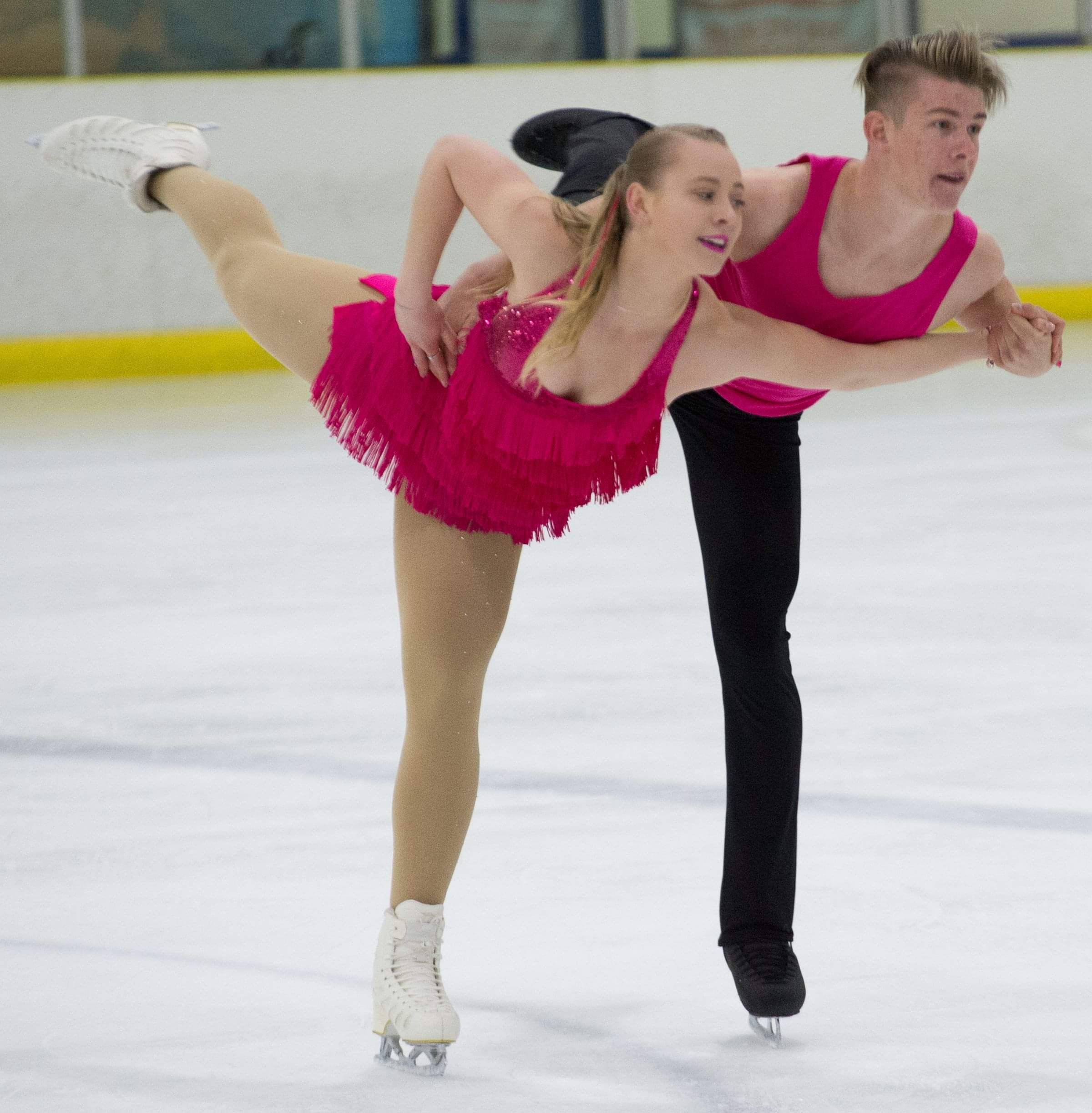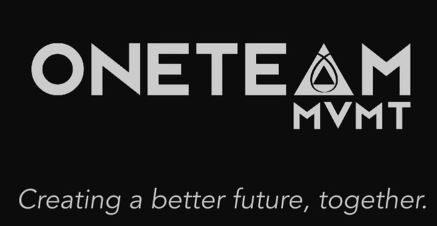Singles, Pairs, Ice Dance and Synchronized Skating
There are four separate disciplines in New Zealand competitive ice figure skating: singles, pairs, ice dance and synchronized skating. These grades are offered to both our ‘Standard Grades’ as well as our ‘Adult Grades’ which is for skaters 18 years and over.
Standard Grades
Entry into Standard grades depends on passing specific medal tests and in some cases, age is a factor too. Each grade within a discipline has similar requirements but moving up through the grades demands increasingly difficult skills.
The chart below cover most scenarios in Standard grades. For a more detailed and comprehensive view of the disciplines and grades, please refer to the NZIFSA Rules and Regulations page and specifically section 200.
Standard Grades for Clubs, Sub Association and NZ National Championships
Please note the following highlights:
- Kiwi Skate, Elementary and Pre Elementary is only offered at Clubs and Sub Association Championships
- Solo Dance is only offered at Clubs and Sub Association Championships
- New Zealand Waltzing Trophy and Norman Wright Waltzing Trophy are only offered at the New Zealand National Championships
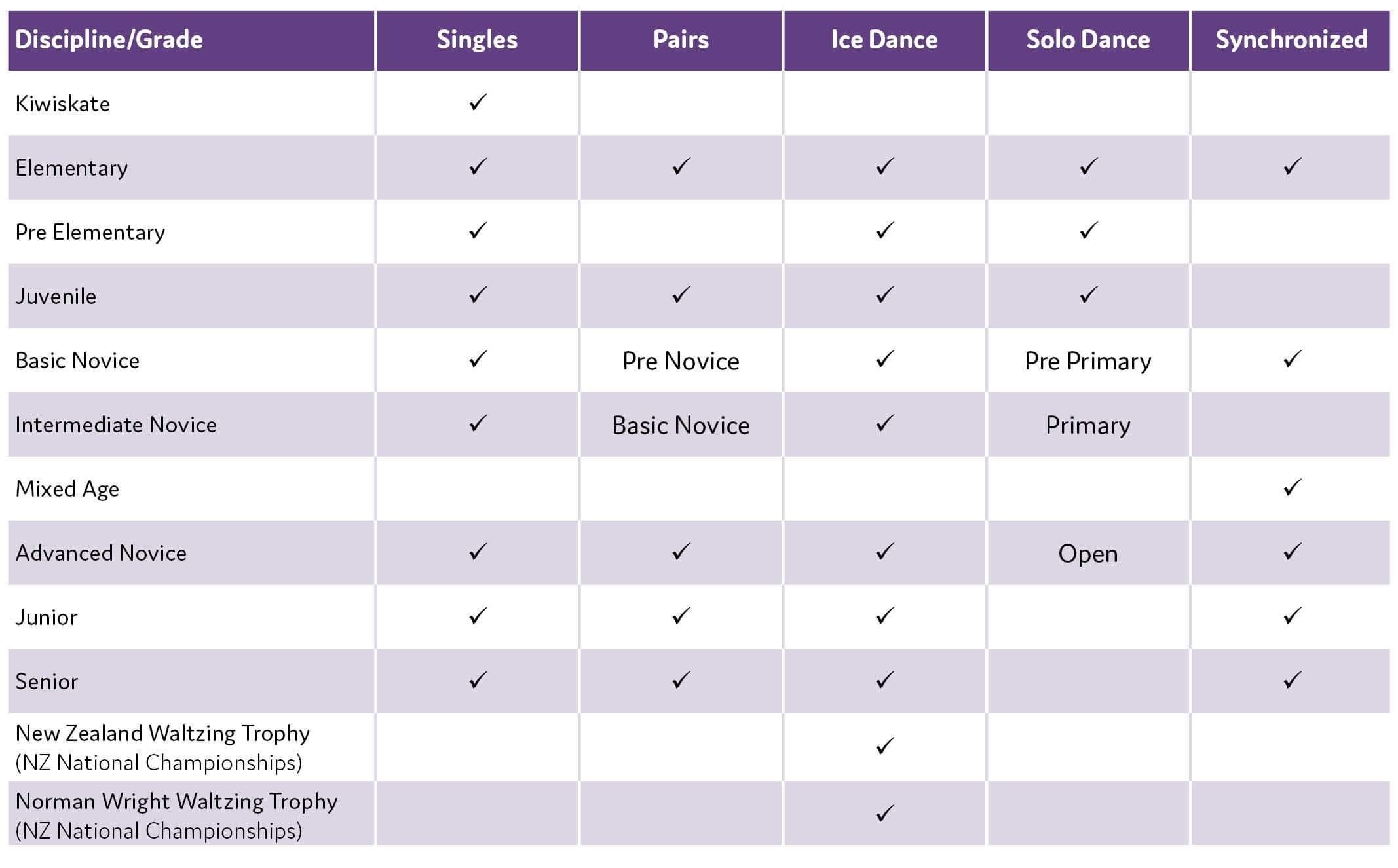
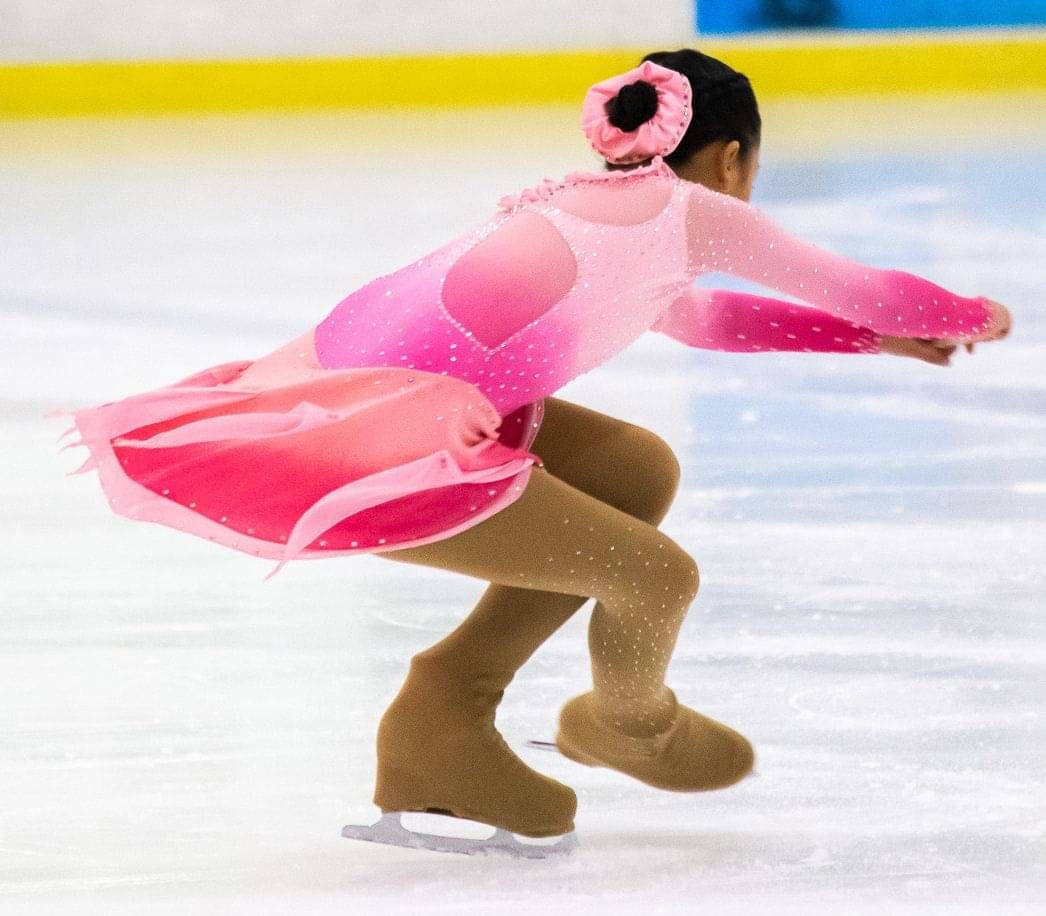
Singles is the most popular discipline, focusing on jumps, spins and steps within a well-balanced, choreographed program, performed individually.
Form, style, technique, talent and the ability to perform under great pressure are the key requirements of ladies’ and mens’ divisions. For Advanced Novice, Junior and Senior, the grades of each competition are composed of two separate parts; the Short Programme which is skated first, followed by the Free Skate. In the Juvenile, Basic Novice, Intermediate Novice and Intermediate grades, only a Free Skate is competed.
Short programme - The short programme consists of a fixed number of required elements; jumps, spins, and step sequences. The short programme requirements specify the types of jumps and spins that must be performed. The elements may be done in any order within a specified time to music selected by the skater and/or coach.Free Skate - Skaters and their coach select their own music, theme and choreograph all the jumps, spins, step sequences and interpretive moves to best display their technical and artistic skills. There are required elements; however, skaters receive points only for a maximum number of jumps, spins, and step/choreographic sequences. The skater should pay close attention to interesting transitions, connecting steps and movements between elements. The free skate has more elements and so the skater can achieve more points. In addition, the programme components are weighted more than in the short programme so typically skaters earn more points on programme components in the free skate compared to the short programme.
Pairs skating is essentially singles skating performed in unison with a partner. It has been likened to a ballet pas de deux with jumps, lifts, death spirals, spins, step sequences and other connecting footwork between all those elements.
The key to pair skating is unison; whether the partners are together or apart, their movements should be synchronized with matching body lines, gestures and footwork. The overall feeling of a pair team is that they complement each other in both technical and artistic interpretation.
Short Programme - The pairs Short Programme consists of a fixed number of required elements which may include overhead lifts, side-by-side solo jumps and solo spins done in unison, step sequences, pair spins, a death or pivot spiral and at the higher levels a throw jump, all performed to music of the skaters’ and/or coach’s choice.
Free Skate – The pairs Free Skate consists of technical and artistic moves choreographed to best display the skaters’ individual strengths, skills and ability to perform as a team. Shadow skating and mirror skating are challenging aspects of pairs skating. This is the newest Olympic figure skating event (introduced in 1976) and was first seen at the World Championships in 1952 despite having been a popular recreational sport since the turn of the century.
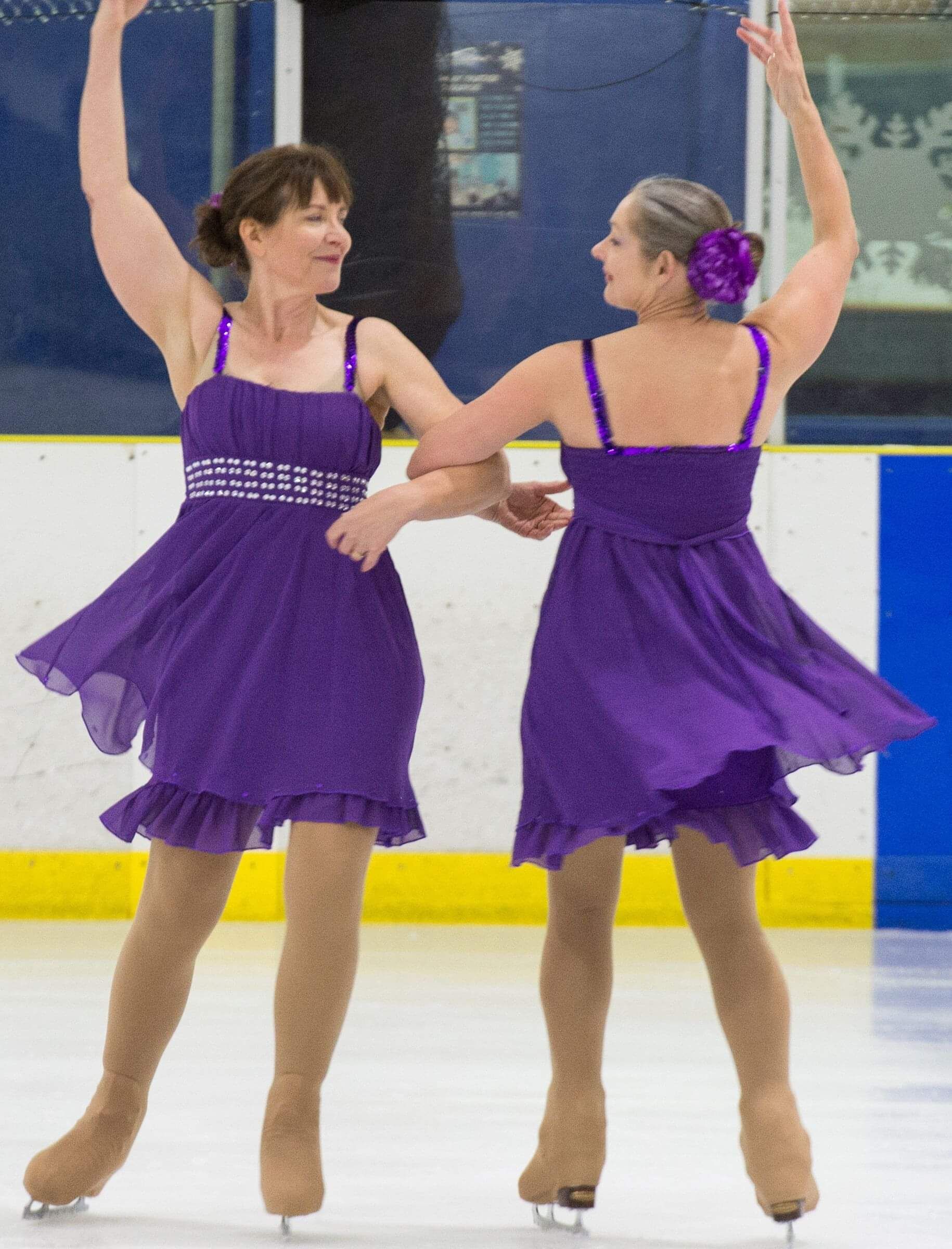
Typically, Ice Dance is always done in couples (although clubs can offer solo dance at their championship competitions should they wish to).
Unlike pair skating, which features jumps and throws, ice dancing is based on the different aspects of dance, including rhythm, interpretation of the music and precise steps and they are judged more on the precision of their footwork and various patterns within their routine. It is often compared to ballroom dancing.
Its beauty lies in its limitless creativity, choreography and its theatrical and innovative aspects. No overhead lifts or jumps of more than one revolution are allowed. An ice dance competition is made up of 2 parts; the Pattern Dance(s) or Rhythm Dance and a Free Dance. In lower grades two Pattern Dances are competed and a Rhythm Dance is not performed.
Pattern Dance - In any given event, two pattern dances will be performed. All skaters perform the same selected dance(s) to music with the same tempo and strict time. The pattern dance(s) consist of dances with specified steps and holds. Some latitude is given to allow a couple to demonstrate its own individual style. Accuracy, placement, style, unison, timing and expression are the requirements for the pattern dance(s).
Rhythm Dance - A Rhythm Dance consists of a required number of elements skated to a prescribed rhythm or set of rhythms. Two of the elements are usually sections of a pattern dance that can be skated to music of the skaters’ choice while the other elements can include step sequences, lifts and twizzle sequences. In essence, the Rhythm Dance expresses the character of the required rhythm(s) while performing the set elements.
Free Dance - In the Free Dance, skaters display their full range of technical skills, interpretation and inventiveness to music and choreography of their own choice. Couples use changes of position, intricate and varied dance holds, short lifts and difficult footwork to present their best ice dancing skills.
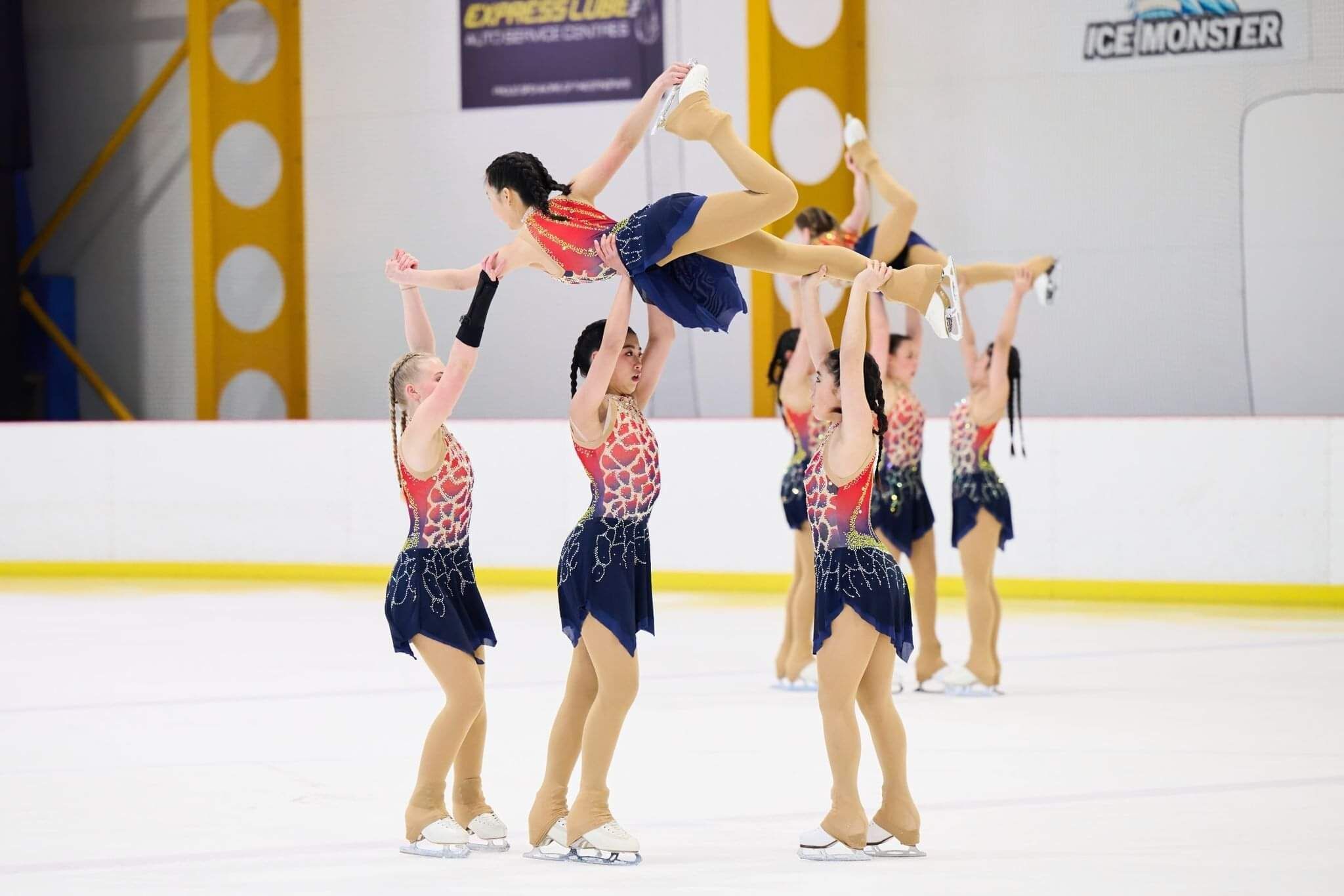
Synchronized skating (or synchro) is the newest ISU discipline of figure skating having had its first ISU World Championship in 2000. It involves a team of nine to sixteen skaters (eight to sixteen for Adult and Mixed Age teams) performing various elements and transitions to music. The objective is for the skaters to perform as one unit as opposed to individual soloists.
"Synchronized skating" refers to the quality of skating, importance of unison, the accuracy of the formations such as circles, blocks, wheels, lines and intersections and performing spirals, lifts, spins and footwork and precision of the team, incorporated into a programme of a specified time limit. Additional features such as travelling, rotations and change of direction or configuration can also be part of the performed element. This discipline is primarily judged on skating skills, transitions, performance, composition, interpretation and difficulty of elements. What makes the sport so unique is the incredible teamwork, speed, and intricate formations In lower grades only a Free Skate programme is performed. At the Junior and Senior level, teams perform both a Short Programme and Free Skate. Generally, the short program is more technical in nature where the free skating program is longer and provides an opportunity to showcase expression, emotion and interpretation.
Short Programme - Circles, lines, wheels, intersections, no holds (like a block but not connected), movement element and step sequences may be prescribed elements in the short programme. Teams have prescribed requirements that must be met to receive higher levels of elements or to have the element credited at all.
Free Skate - Circles, lines, wheels, intersections, blocks, no holds (like a block but not connected), movement in isolation and moves in the fields. At the higher level’s additional elements such as artistic / creative elements, lifts, spins and a pairs elements are included. In this programme, the team has more freedom in the choreography and types of elements that are included. Judging of synchronized skating is focused on the unison of the team while performing the elements, the cleanness and sureness of edges, the creativity and originality of the programme, the interpretation of the music, the execution of the elements and overall performance of the programme.
As synchronized figure skating doesn’t focus on traditional jumps and spins, the sport fits in well with the values of maintaining physical activity throughout a skater’s life, with age being no barrier to participation. It is a niche sport that is growing in popularity throughout the world, and it is competed at ISU World Junior and Senior Championship level.
The Allegro Ice Dance Club are growing their Synchronized Skating teams and are always looking for skaters of all ages from tiny tots from skate school right up to adult skaters. No matter what level or ability you are, we will be able to find a team to suit you. Currently the Allegro Ice Dance Club have 5 synchronized skating teams as follows:
Zirconium is our Skate School team. These skaters are new to the sport and are learning the skills needed to develop as a synchronized skating team. This year the goal for the team is to compete all local competitions in the Elementary grade with the intention take home the gold medal at the North Island Championships. The Primary Coach of Vibranium is Caitlin Rae.
Vibranium is our Elementary team and are always looking to grow in numbers. These skaters have been learning the skills needed to develop as a synchronized skating team. This year the goal for the team is to compete all local competitions in the Elementary grade with the intention take home the gold medal at the Allegro Championships. The Primary Coach of Vibranium is Jenna Scholtz.
Supremium is our Basic Novice team. This team was formed in 2022 and competed at the 2023 National Championships in Dunedin. They placed second which is a great achievement for their first championship. This team is made up of teenagers who are keen to participate in sport while having fun at the same time. They are always looking for new members to join the team. The primary coach for Supremium is Tracy Hipkiss, assisted by Jenna Scholtz.
Platinum is our Basic Novice team. They placed first at Sydney Synchronised Ice Skating Festival in 2023 and first at the NZ Figure Skating Nationals 2023. They also gained Selection into the NZIFSA Development Squad 2023. For 2024 they are aiming to become an Advanced Novice team and compete again at the Sydney Synchro Festival. The primary coach for Platinum is Tracy Hipkiss.
Titanium is our Junior team and are the current Junior NZ Champions and the 2023 Junior Champions. They competed at in Sydney Synchro Festival in 2023 and placed third and have recently qualified to attend the Junior World Championships to be held in Switzerland March 2024. The team’s Primary coach is Tracy Hipkiss.
For synchro resources, news, and videos for those synchro skaters wanting to follow OneTeamMVMT, who are a “not for profit organisation” that aims to empower skaters involved with synchronized ice skating world-wide. Take a look at the OneTeamMVMT website.
If you have any queries and would like more information or would like to attend a free trial session, please feel contact us on info@allegro.org.nz Follow our teams on Allegro Synchro FB
For Adults their singles grades are named differently to the Standard grades and in addition each Adult grade is split into 3 divisions as follows:
I – 18–34 years of age
II – 35–54 years of age
III – 55+ years of age
The entry into Adult Bronze, Silver, Gold and Elite levels is self-selecting with no minimum test requirements. However, as a guideline, Bronze division is for skaters who started skating later and/or hold up to Bronze level tests for that discipline. Elite division is for skaters who competed internationally during their skating career. Entry into Silver and Gold is dependent on the level of elements a skater is able and/or wants to include. Adult Men and Ladies will be judged separately.
In addition, as an Adult skater there is also an Interpretive grade which focuses on a variety of skating moves selected to enhance the skater’s interpretation of the music rather than for their technical difficulty. Skaters will be judged on their ability to interpret the music and develop a theme by using their skating skills.
Adult from the age of 18 may choose to sit the Adult tests or the Standard tests. For specific requirements for Adult Skating Tests, refer to the NZIFSA Rules and Regulations page and specifically section 800.
The chart below cover most scenarios in Adult grades. For a more detailed and comprehensive view of the disciplines and grades, please refer to the NZIFSA Rules and Regulations page and specifically section 200.
Adult Grades for Clubs, Sub Association and NZ National Championships. Please note that Solo Dance is only offered at Clubs and Sub Association Championships as highlighted below.

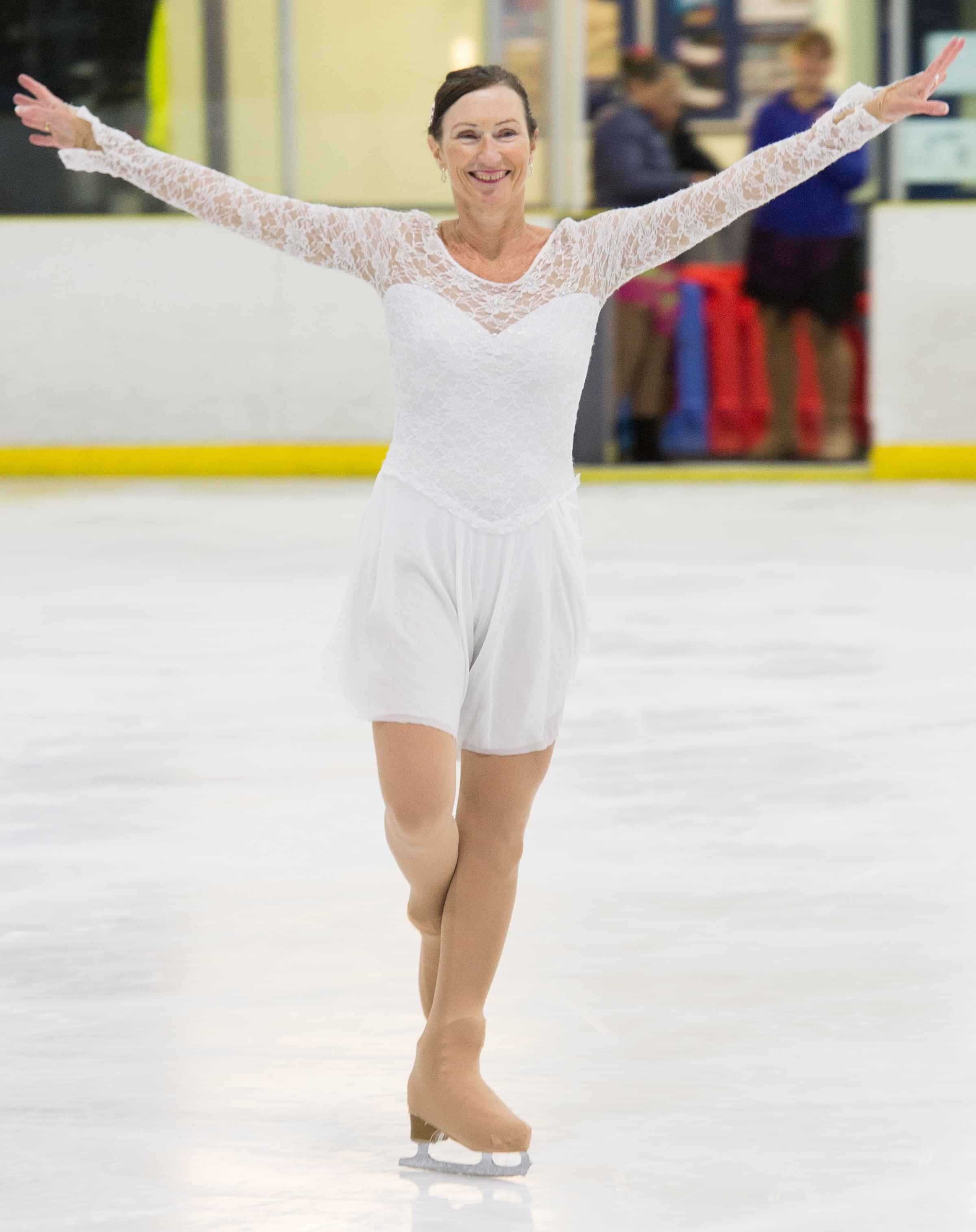
While there is no upper age limit for most standard grades and skaters can be internationally competitive well into their 30’s, adult skating is a separate discipline for skaters aged from 18 to 80 and above who would like to compete only against other adults.
Adult skaters compete at Adult Nationals in New Zealand in single skating, pair skating, ice dance and synchronized skating. In addition to the standard single grades, which have defined jump, spin and step/choreographic sequence elements, there is an interpretive event for artistic performances judged only on Programme Components—jumps, spins and other elements are not awarded points, but count only for their choreographic value.
Adult skating generally consists of 12 grades separated by difficulty and age. Entry into the grades is usually self-selecting and follows the guidelines below:
- Bronze division is for skaters who started skating later and/or hold up to Bronze level tests
- Silver and Gold is dependent on the level of elements a skater is able to do and wants to include
- Elite division is for skaters who competed internationally during their skating career
Each of these grades of difficulty is further divided by age as at 1 July preceding the competition:
- I - Skaters who have reached the age of 18 but not 35
- II - Skaters who have reached the age of 35 but not 55
- III - Skaters who have reached the age of 55 or more
For example, Bronze III will be a skater aged 55 or more who most likely started skating later in life.
Internationally, adult skating is one of the fastest growing segments of competitive skating. The first ISU adult skating championships were held in 2005 in Oberstdorf, Germany and has been held annually since then. The next event will be held 9 – 15 May 2021. To follow this event for further updates and details please go to their website which can be found via this link here.

